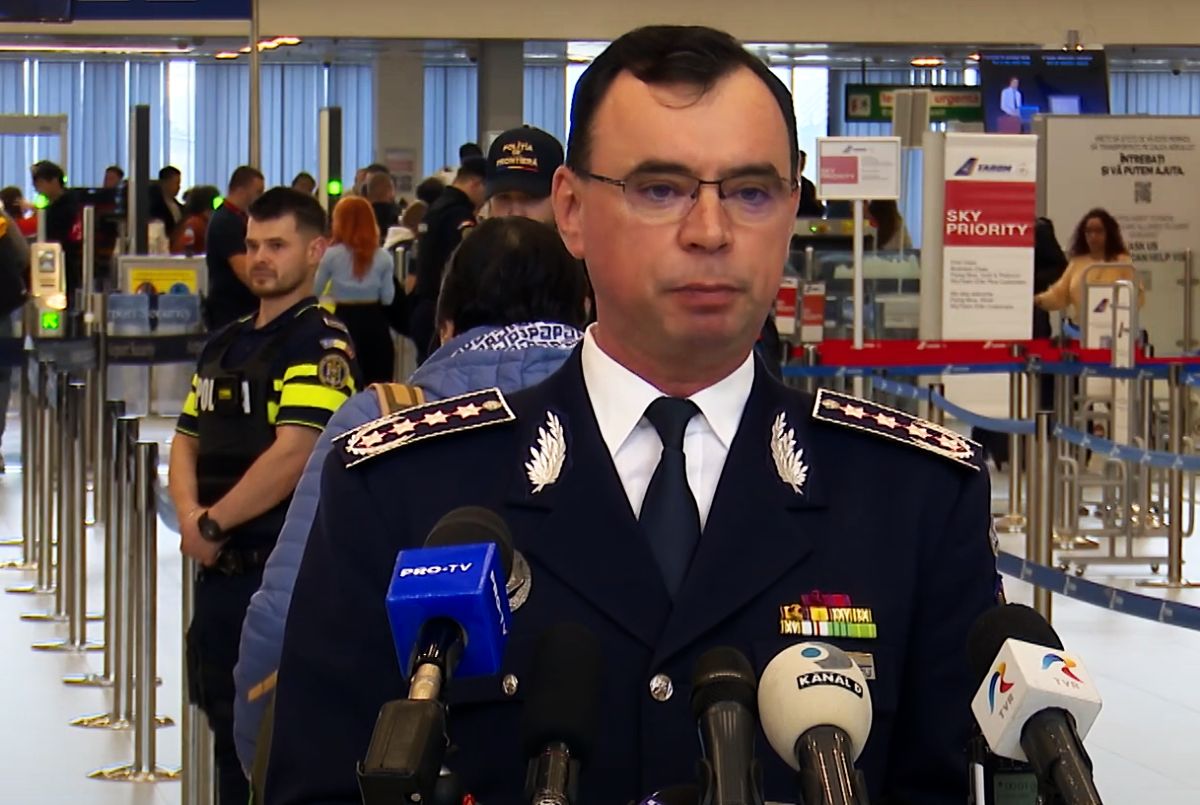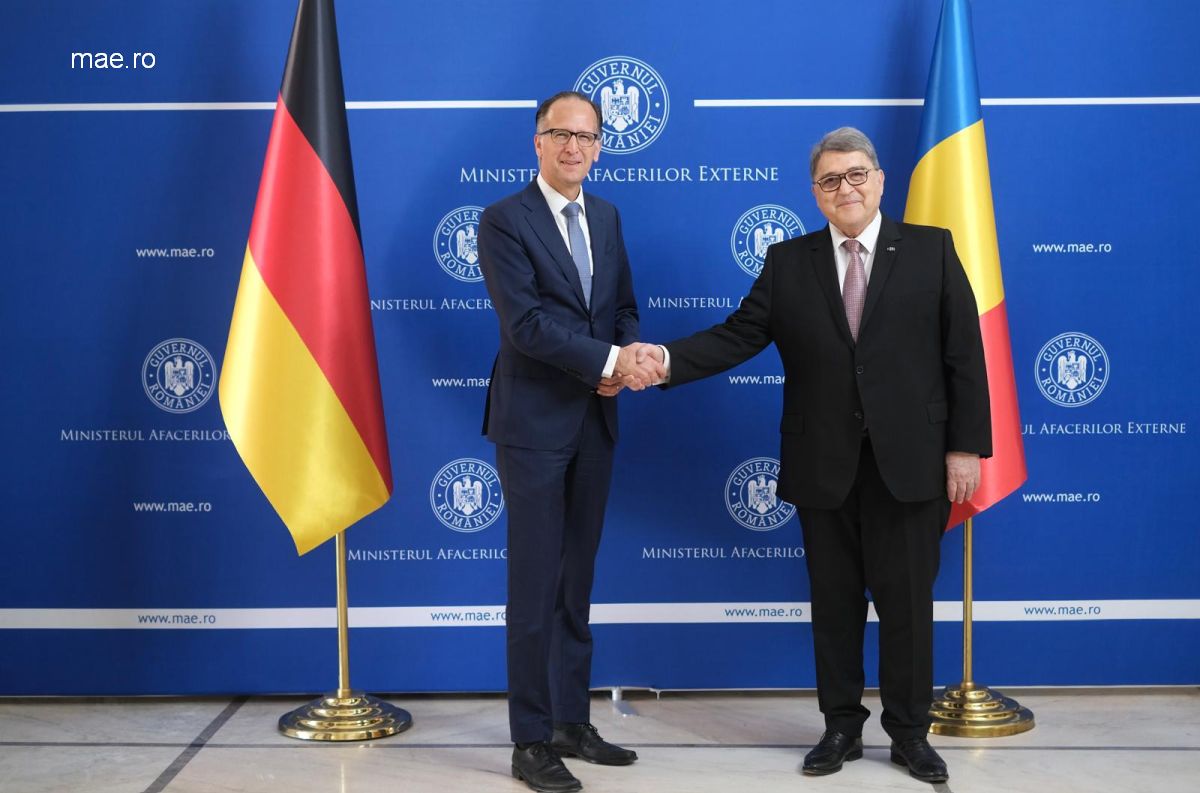Romania marks one year since joining Schengen
Romania marks one year since partial accession to the Schengen area.

Ştefan Stoica, 01.04.2025, 14:00
Romania marks one year since partial accession to the Schengen area.
Romania marks one year since joining Schengen with air and sea borders, a transitional formula towards full accession, which took place on January 1 this year, when the country became part of the free movement area also with its land borders. Blocked, at first, by the justified intransigence of some of the European partners, who believed that Bucharest was not doing enough to combat corruption, and later by others for obvious electoral reasons, camouflaged under the fear of illegal migration, Romania’s Schengen accession has been a long process.
Delaying Schengen entry by over a decade has caused financial losses to Romania, and has fuelled the feeling, among some of its citizens, of being regarded as second-class European citizens. The accession is now complete and produces the expected positive effects. Secretary of State with the Interior Ministry, Bogdan Despescu, said that joining the free movement area meant for Romania solidarity and trust, aspects built together with the European partners. “It was not an easy road. For each stage, the structures of the Interior Ministry have shown their professionalism, we have shown that we meet the conditions of the Schengen regulation, we have shown that we work in the same way as the structures in the Schengen area, we know how to work as a team, we know how to accelerate where we need to accelerate, we know how to protect citizens and at the same time protect the borders of the European Union”, Despescu said.
He also said that the accession to the Schengen area meant responsibility for the structures of the Interior Ministry in a different international context, the challenges being numerous, while for citizens it meant free movement and the possibility of moving much faster outside the country. The Interior Ministry structures have adapted their working mechanisms to what the working method without systematic controls means, and we have come up with several compensatory activities, all of which aim to increase security in the national area, Despescu says. He also says that in one year since using the eDAC application, which allows for the verification of identity documents, over 600 wanted persons have been detected. 3,900 missions in the 17 international airports in Romania have been carried out by the structures of the Interior Ministry in the last year since joining Schengen with air borders. During this period, over 100 false documents or documents used by people other than the rightful holders were identified, and over 150 people illegally staying on the territory of the Schengen states were detected.
The Interior Ministry has had several actions in cooperation with its Bulgarian and Hungarian partners, because an adapted way of working was needed once the controls at the two borders were lifted. Bucharest says that it has contributed to the stability of the entire region, and through this way of action, the migration rate has been reduced by approximately 80%. (EE)






























